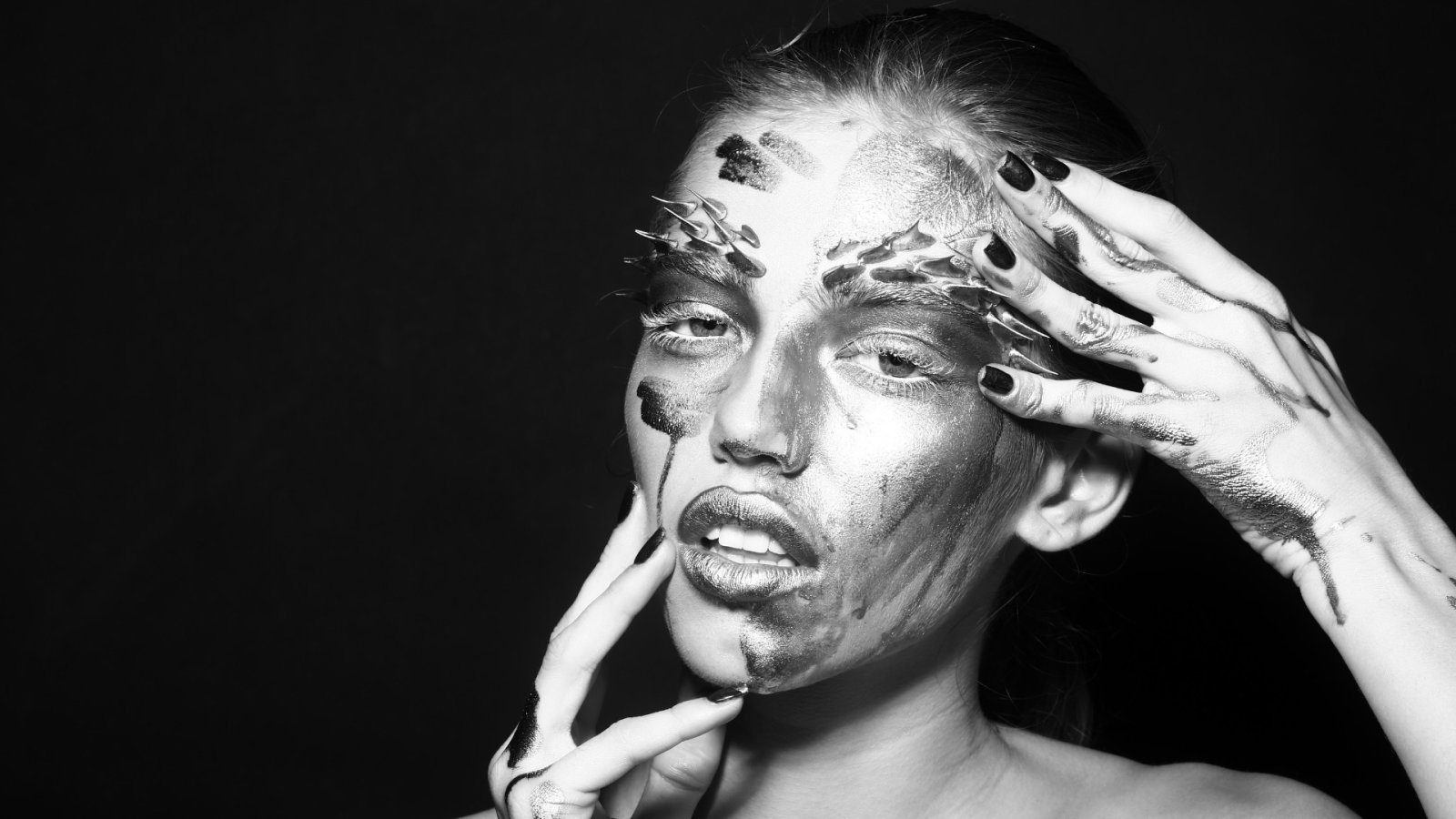Hyperrealism is an artistic movement that builds on a rich history of styles focused on capturing the real world with precision. It follows in the footsteps of Photorealism, which itself grew out of the 19th-century Realism movement.
In hyperrealism, artists push the boundaries of realism by portraying subjects with extreme detail and vividness. What makes this movement particularly fascinating is its ability to produce lifelike images of scenes and objects that don't exist, emerging purely from the artist's imagination. By blending meticulous accuracy with creative vision, hyperrealist art merges fantasy and reality, resulting in truly mesmerizing and captivating works.
Hyperrealism: Crafting imagined realities
At its essence, hyperrealism attempts the extraordinary: to create something more real than reality itself, yet depicting scenes that don’t truly exist. This ambitious approach has sparked mixed reactions from critics and historians alike, but it’s also been praised for its boldness and creativity, key drivers of art throughout history.
Hyperrealism seeks to portray subjects with extreme accuracy while subtly distorting reality to evoke an uncanny, unsettling feeling in the viewer. The aim is to craft a convincing yet false reality that leaves the viewer sensing something isn’t quite right—similar to glimpsing an image from a dream.
A prime example of hyperrealism is showcased at 1st-art-gallery.com, featuring William-Adolphe Bouguereau's "Pastourelle [Shepherdess]." The painting presents the shepherdess so lifelike she seems to be a real person, yet subtle distortions in her features create a sense of unease, exemplifying the movement’s power to blur the line between reality and illusion.
The origins of hyperrealism
As noted earlier, the hyperrealism movement emerged from the foundations of Photorealism. This striking art style began forming its distinct philosophy in the early 1970s and quickly gained global popularity.
The term "hyperrealism" was coined during a 1973 exhibition of avant-garde art in Brussels, Belgium. The event's main draw was contemporary photorealistic works by American artists, and the label stuck. After the exhibition, artists from both the U.S. and Europe began identifying as Hyperrealists to distinguish themselves and push Photorealism to new levels.
Over time, hyperrealism evolved into a separate movement, gaining its own identity. Today, it remains a significant force in the art world, with many viewing hyperrealistic video games and AI-generated art as the next frontier in this genre’s evolution.
Key features of hyperrealism
Hyperrealism is an art genre marked by a range of distinctive traits that contribute to its unique identity. While photography is integral to this style, it isn’t the only defining feature of hyperrealistic paintings.
Unlike photorealism, which aims to replicate images closely, hyperrealism takes photographs as a foundation and then transforms them into more intricate and altered representations. A key trait of this movement is its manipulation of reality; many hyperrealistic artworks possess abstract, surreal, or synthetic qualities that can unsettle the viewer. Hyperrealist artists strive to create pieces that seem real but are, in fact, fictitious. This exploration of reality and illusion imbues the Hyperrealism movement with a rich aesthetic depth, prompting profound questions about perception and existence.
Different Approaches to Hyperrealism
The hyperrealism movement is a complex and diverse category where artists strive to create visually striking works that challenge the boundaries of reality. It can be broadly categorized into three main styles, each offering a unique perspective on the art form.
First, many hyperrealist artists aim to depict visuals that are entirely new and unseen. While this goal is common among artists throughout history, it remains a central focus of the movement.
Second, some artists seek to elevate the principles of photorealism, emphasizing enhanced resolution and a deeper level of realism in their work.
Lastly, subtler elements such as lighting, texture, silhouette, and subject matter play a vital role in crafting distinctive and captivating hyperrealism. These elements are masterfully blended to create artwork that is both breathtaking and inspiring.
Unveiling hyperrealism techniques
The primary approach in hyperrealistic art is largely mechanical. Many hyperrealist artists start with photographs as the foundation for their paintings or sculptures. They often utilize projectors and various tools, including computers, to trace or transfer their desired image onto a canvas or mould, which serves as the starting point for their work.
In addition, techniques like gridding, underpainting, and grisaille are frequently employed. These methods and tools significantly aid hyperrealist artists. Nonetheless, in some instances, all that’s required is ample time and meticulous attention to detail.
Themes in Hyperrealism Art
Themes in art can be challenging to define, as true artists understand that the scope of their creativity is boundless. This is certainly true for hyperrealism, which encompasses a diverse array of subjects in its paintings and sculptures.
Hyperrealism represents one of the most recent and advanced forms of traditional artistic expression. It emerges as a progression from the Realism movement that began in the mid-19th century. By taking the fundamental principles of depicting reality as accurately as possible, hyperrealism has transformed those ideas into a level of detail and complexity that surpasses all expectations.






